place of note
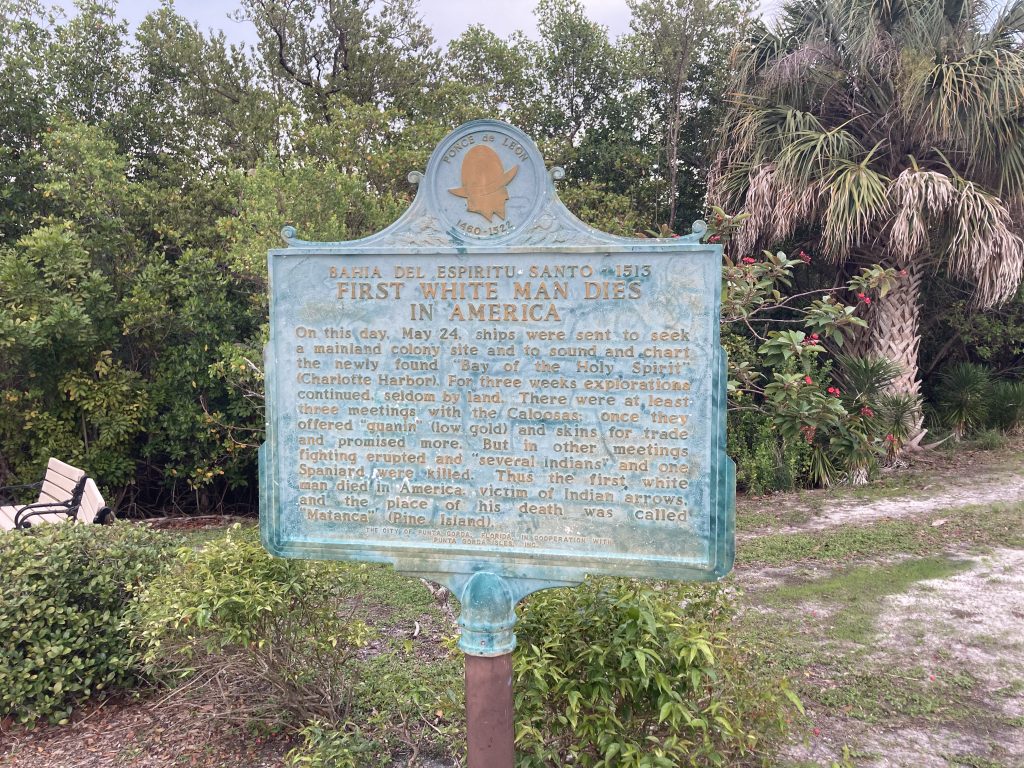

‘The Gray Area’ out west of Cincinnati is an unrelenting ghost in the machine: a destination begging to be found. If it’s the sort of place that has a real name, that name is entirely unknown. ‘The Gray Area’ moniker was borne out of discussion boards, branching (like many) from those dedicated to mapping so-called Gray Roads. Whether the two are actually linked is largely unknown. Also unknown: ‘The Gray Area’s’ purpose, whether it has a purpose at all, whether it represents a human intelligence at work, how to reliably access the directions to it, and whether or not anyone has ever reached it. Very little has been learned about ‘The Gray Area’ despite occasional spikes in public interest. It’s tempting to see each year’s newly confirmed coordinates as progress but the fact is this: without some hint at the destination, the whittling-down amounts to nothing.
That’s the most important unknown regarding ‘The Gray Area.’ For all that’s clear about its general location, nothing is known about its size. Directions to ‘The Gray Area’ appear seemingly at random, insinuating themselves into GPS systems and apps in the place of, say, that Mexican restaurant you looked up or your mother’s new home. This is the most studied aspect of ‘The Gray Area.’ It’s known, for instance, that the overall map and the directions will diverge so that the original destination seems to remain in place, even though the instructions for how to reach it will have been altered to those leading to ‘The Gray Area.’ This is commonly held as proof that ‘The Gray Area’s’ interference is designed to purposefully mislead a driver. A device’s internal clock will slow to obfuscate time spent on the road. A map may suggest the ETA is 20 minutes for a much longer amount of time and, if ‘The Gray Area’s’ instructions are being displayed on a phone or in a car’s console, the system clock will slow to ‘confirm’ the map’s altered display. This is not the case across devices- if the directions are displayed on a phone, the car’s internal clock will remain correct (as will watches, public clocks, and sundials). The time difference is the earliest indicator of ‘The Gray Area’s’ interference and the likeliest to be caught.
The second likeliest indication is ‘the turn toward nature.’ Maps are generally altered as little as possible- they favor highways and interstates, then the busier thoroughfares of nearby neighborhoods. ‘The Gray Area’ seems to be located in (or through) a forest and at a certain point that fact becomes impossible to hide. The road narrows, becomes unnamed, and turns to dirt. The maps will suggest this is a shortcut but it’s a difficult pill to swallow for most. Many drivers will pause to double-check the route, which usually dispels the interference. The directions will re-adjust and the device will act as though a low signal caused the glitch. It’s unknown how often this happens given that uninitiated drivers will be frustrated, but not so inconvenienced as to write a detailed account.
The only physical indications of ‘The Gray Area’ are signs placed at and around confirmed ‘turns toward nature.’ These warnings represent a private safety campaign and use the phrase ‘Where are you going?’ to trigger suspicion in drivers that would otherwise live and die by the instructions of their navigation device. A website, where travelers are encouraged to log their experiences, is included at the bottom of the sign. Much of the information in this entry is based on the data collated there.
Though the ‘The Gray Area’ may be entirely innocuous, the means by which it communicates its existence is undoubtedly manipulative. This author is more than happy to join the safety campaign and recommends that every traveler make a mantra of their slogan. If you haven’t thought about it in a while, ask yourself:
Where are you going?
– an excerpt, Autumn by the Wayside
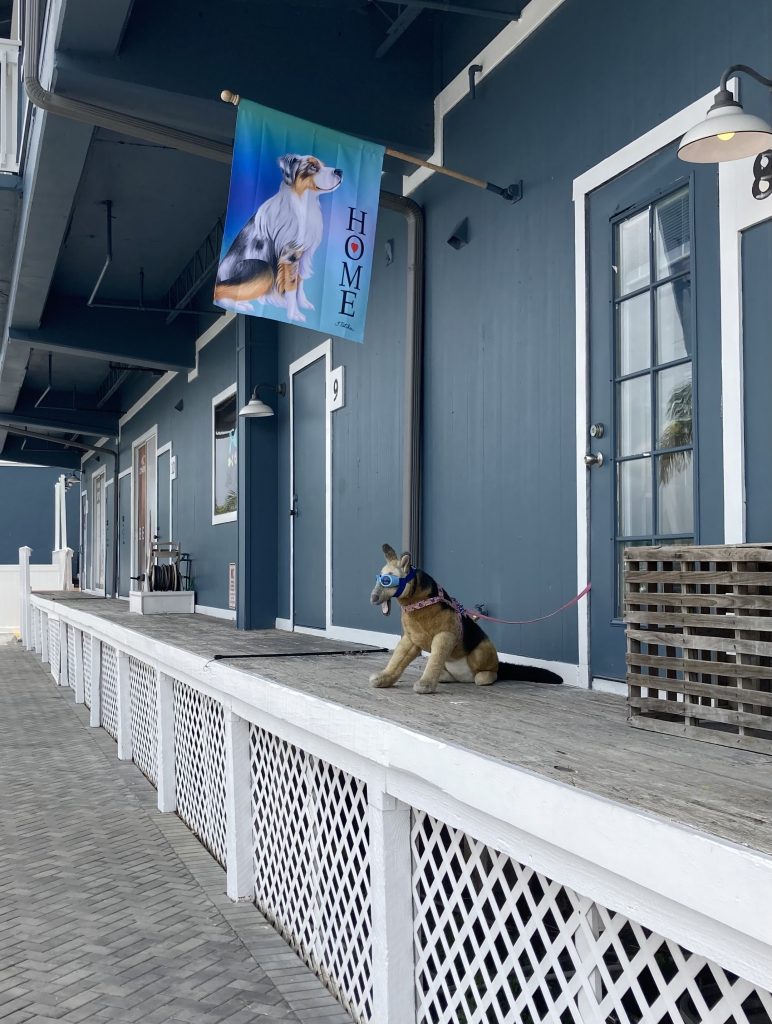
Lester County is the nation’s worst-case scenario- the place that weighs heaviest on America’s intricate web of federal laws and regulations. The residents represent a collection of angry textualists, each looking for the loophole that will allow them to get rich or trespass or murder or sue. It represents one end of the dangerous circle-spectrum, where lawlessness is indiscernible from lawfulness except in regards to intent.
Interested travelers would do well to pick up any of a number of advisory guides prior to their visit. The punishing justice of Lester manifests in ever-changing trends, spiking with perceived profitability and collapsing with quick, legal patches. It’s a dangerous place to live and, like much of America, it’s a dangerous place to be in the hands of police. Law students, sniffing about for an easy thesis, have such a tendency to end up incarcerated that the children of Lester pronounce ‘jail’ with the Swedish ‘J.’
This author’s interests lie in Lester’s unique destinations. The county claims the longest and most deadly crosswalk, for instance, though locals will argue that nobody has technically been killed on the crosswalk itself. ‘The Long Walk in Lester’ is the only crosswalk within county lines that isn’t situated at a stop sign or signal. It is approximately two miles long, though its entrance and exit exist within several yards of each other. Its width varies from a comfortable 15 feet to a narrow three at crucial junctures. It was allowed to fade to near imperceptibility in previous years, though this has been ruled unlawful at last.
Stepping off ‘The Long Walk in Lester’ is reason enough for any motorist to strike a pedestrian. It’s reason enough to be cited for jaywalking (and run-ins with Lester County police rarely end there). It’s considered reckless endangerment to change direction on the crosswalk. Baiting law-abiding vehicles has led to charges of inciting violence. A 2019 ruling only just confirmed that the legal definition of a crosswalk in Lester County encompasses the entire length of the indicated path, not just the white stripes.
On the flipside, there is no prescribed speed at which one must take ‘The Long Walk in Lester’ providing that the pedestrian can prove that they are technically moving forward. Moving very, very slowly is entirely lawful, as is dashing, very suddenly, in front of the vehicle of an unsuspecting tourist. More than one person has emerged from ‘The Long Walk in Lester’ rich and mangled. Those willing to take the gamble should note that ejection from ‘The Long Walk in Lester’ due to vehicle collision does not contradict the county’s generous definition of jaywalking. Anyone that strikes a legally traveling entity on ‘The Long Walk in Lester’ has a sudden vested interest in making sure the pedestrian stays down.
The thing about Lester County is that so little is able to change. ‘The Long Walk in Lester’ is the same as it was years ago and I know it by heart. I know the people, as well. Their ill intent. I don’t need a guide to guess at whatever game they’re playing currently. Lester County residents learn, early, the larger shape of what it means to take advantage and to be taken advantage of. It hardens around them like a tortoise shell, a body and a home.
-traveler
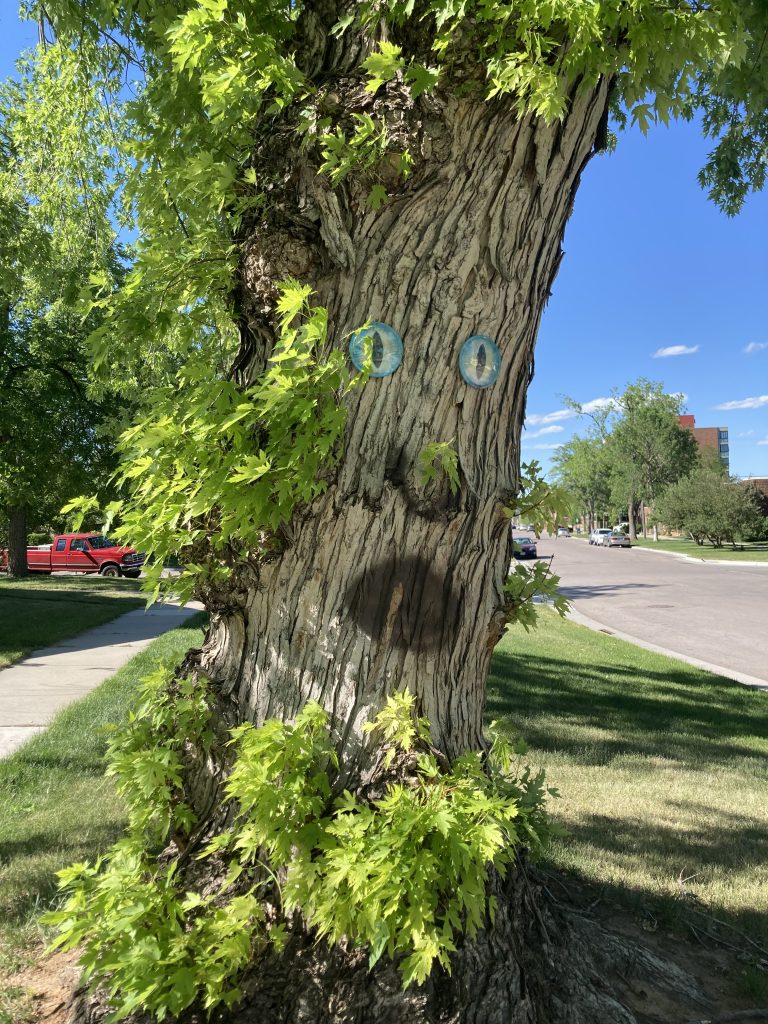
The men who wore their belts in Denver take them off in Lester, slurring guts out over their pants as we huddle, together, at the gas station. I keep my helmet on. The people in this town are sick and I don’t want to be recognized before I’m ready.
A man on the street compliments my rabbit. The man is not sarcastic. He’s not confused. To him, Hector is a thing worth seeing. Lester has changed in a way that makes the locals uncomfortable. It’s become a cleaner, more coherent place like I’ve become a cleaner, more coherent person. The city produces the sort of man that seeks out sideshows.
The museum is a small historic building. I show Hector the room where our class made little sculptures. Only a few remain. Joey Ford’s is there. Joey Ford had a heart murmur, same as his high school girlfriend. They were the talk of the school, their turbulent blood and nearness to death.
He’s misspelled his name.
There are two pieces of twisted glass in a case at the museum, one from each of the city’s historic fires. The first is a settler’s whiskey bottle. The second is a bowl from Joey Ford’s kitchen. Joey Ford owns a brick in the new amphitheater. He’s planted a tree in the park.
Our server at the local dive is fit and hip and kind, the way I hoped I’d be once I moved away. I wonder what would bring a man like that to Lester. At the end of the meal, he asks if I’m from Lester myself, from school- a courtesy because he clearly already knows. He’s cooked my food. He will clean my plates. He has become the man I hoped to be in the place that seemed unlikely to produce good men. We hug, his heart stammering against my chest.
I tell him: I can’t believe you remembered me.
-traveler
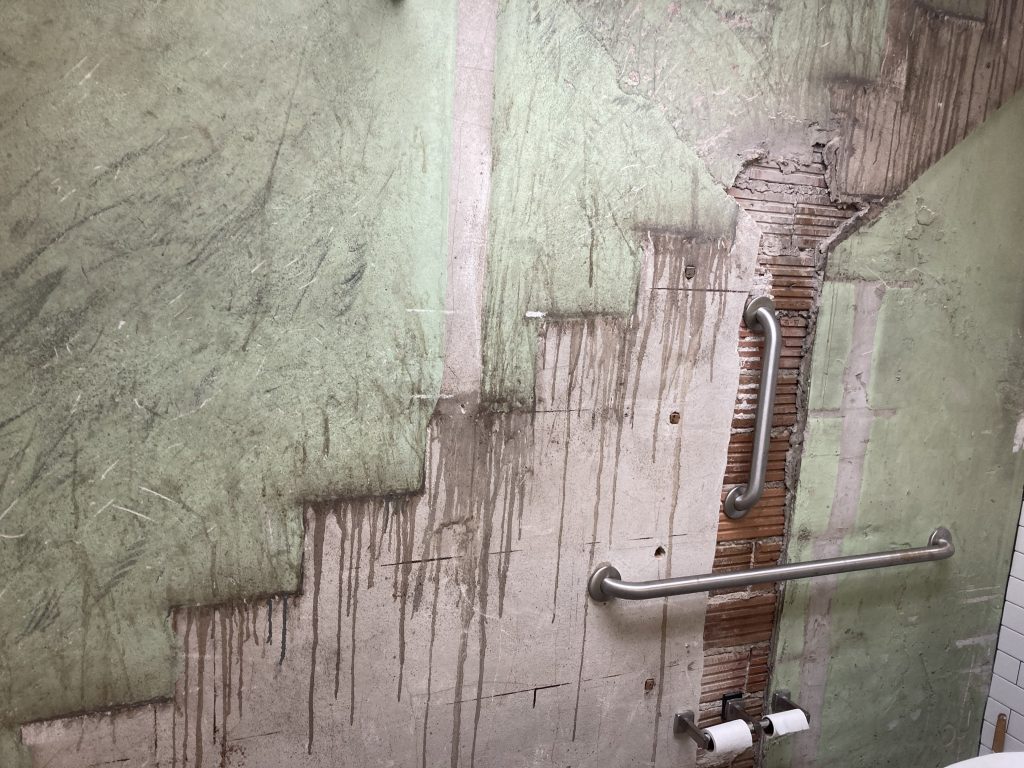
The library in Pelor, Idaho is all sharp concrete and there’s nothing particularly interesting about it but for an ongoing exhibition in the basement. ‘The Detritus Collection’ features several dozen items scavenged from the side of the road. Each is paired with a story written by the person who found and donated it. The donors are anonymous and they may well all be the same sad person. A handful of dark glass, for instance, is accompanied by this passage:
There is a checkerboard pattern to your windshield that I only see when I’m wearing sunglasses. I noticed it again yesterday when you drove me home, while you were explaining why this wouldn’t work out. I knew we wouldn’t work out and I knew why. I didn’t know about the checkerboard thing. I’m writing to explain.
The internet says the checkerboard is an interaction between two qualities of glass: the polarization of my sunnies, and the tempered nature of your windshield. When a piece of glass is polarized it will only allow vertically-moving light rays to pass through it, reducing glare. A person in polarized glasses might be forgiven for their failure to recognize the light emitted by something that was directly in front of them.
A tempered windshield is created by applying stress to a sheet of glass. Light that filters through the resultant microfractures, that is further filtered via polarization, reveals the predictable checkerboard pattern of stress. Tempered glass is made stronger for the stress but if it breaks it will break wholly, dissolving into a thousand pieces. Regular glass is weak and, in trying to hold its form, it breaks in dangerous, unpredictable ways.
If somebody had asked me to test the strength of glass before this, I may have tried breaking it myself.
A tattered bandana has inspired this:
A cowboy wears a bandana in one of two ways: pulled up over his face or dangling about his neck.
A cowboy, his bandana pulled up over his face, might be hiding his identity. If you recognize him, he isn’t doing a very good job. It may also be an indication that there is dust in the air- that he’s filtering the air to keep from choking. A third, joint possibility is that the cowboy, sensing bad air between the two of you, has chosen to conceal his identity.
A cowboy, his bandana dangling about the neck, might indicate a reluctant willingness engage. The orientation of the bandana’s downward point reflects the cowboy’s level of reluctance. A downward point aimed at the cowboy’s hindquarters suggests he is reasonably willing to engage. The bandana, in this position, protects his neck from the sun and from the prickling stares of strangers. The downward point aimed at his belt buckle serves no purpose but to ready it for raising. This cowboy is experiencing the height of reluctance. He is quickdraw-ready to run.
But he hasn’t run yet.
Hector accompanies me through ‘The Detritus Collection’ and, though I doubt the library wants any live specimens, I start to wonder what I would say about the ruined rabbit if we were to put him up on a pedestal- what the ruined rabbit would say about me. He’s at home among these relics, worn by the Wayside to the point of being unrecognizable. A look in the mirror suggests the same could be said of me.
The Wayside wears things ragged like the ocean wears them smooth. I see it in the way Hector nips when I accidentally startle him. I see it in myself. If I had to write a story about Hector, it would probably sound a lot like the rest of ‘The Detritus Collection:’ regretful and worried about some indistinct loss of humanity.
So maybe I don’t write it down.
-traveler
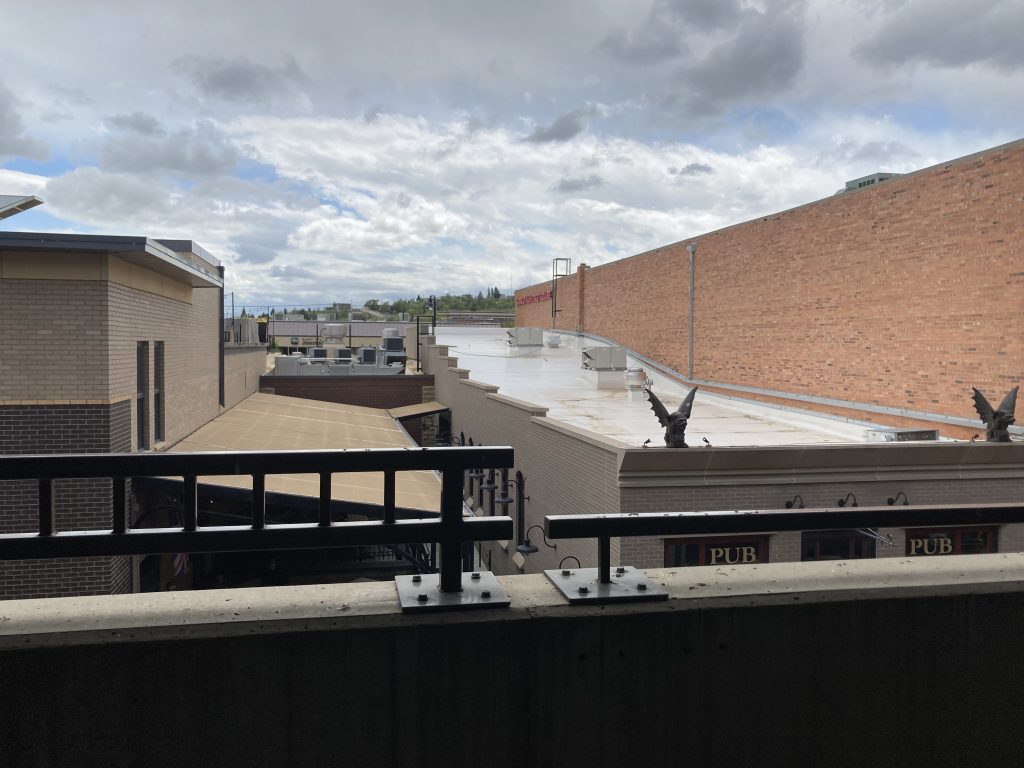
© 2024 · Dylan Bach // Sun Logo - Jessica Hayworth